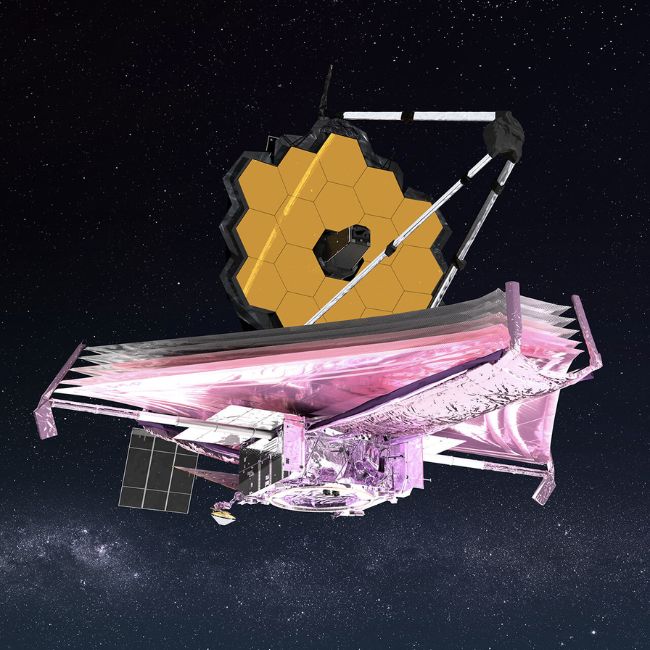
Can James Webb Space Telescope see the past?
Recommended for Preparatory Grades
When the James Webb Space Telescope (JWST) took its first picture, it made history. It was a picture full of jewels and the most detailed picture of the universe ever taken.
James Webb can look further back in time and see stars and galaxies that are far away. How exactly is it that a telescope can “look back in time”?
As per experts, it’s not magic, it’s just the way light behaves in certain situations. Light needs time to travel the enormous distances of space before it can reach us. It takes time for any and all of the light that we can perceive. From the sparkling of faraway stars to the glow of the desk lamp that is only a few feet away, to get to our eyes.
Light travels at an astoundingly high speed, approximately one billion kilometres per hour. Thus, its journey from, say, a desk lamp to your eyes will never be noticed by you.
Key facts!
- The majority of the objects in the night sky have travelled an extremely long distance to become visible to us.
- Consider the sun as an example. The distance between Earth and its sun is approximately 150 million kilometres.
- This indicates that the journey of light from the sun to Earth takes approximately 8 minutes and 20 seconds.
- When you look at the sun, you are actually seeing it as it appeared more than 8 minutes ago.
- To put it another way, when you look at the sun, you are actually looking 8 minutes into the past.
- Consider the example of the North Star which is nearly 300 light years away from the Earth.
- Thus, every time we look at this star, we are witnessing light that is older than three hundred years.
- The James Webb Space Telescope (JWST) is able to zoom in on faraway galaxies to observe visible light.
- It is also able to pick up wavelengths of light that are invisible to human eyes, such as infrared waves.
- This allows JWST to observe light coming from many millions of light-years away.
- Infrared waves when viewed with the appropriate equipment, can reveal some of the most elusive objects in the universe.
- Through the use of its infrared-sensing instruments, the telescope is able to peer through dusty regions of space.
- This is in order to study light that was emitted more than 13 billion years ago by the universe’s oldest stars and galaxies.
- This is how the observatory will attempt to look even further back in time, to the first few hundred million years after the Big Bang.
Similar Stories
- NASA James Webb Measures Universe Expansion!
- James Webb gives the never-seen glimpse of the universe!
- James Webb Telescope and Time Travel!
Watch a video
#ICYMI, we just released 3 new Webb sonifications, or translations of data to sound. Sonifications support blind and low-vision listeners first, but are designed to be captivating to all.
Hear more about how & why they're created in our @TwitterSpaces!https://t.co/049T90gvm5
— NASA Webb Telescope (@NASAWebb) August 31, 2022
Curious Times is a leading newspaper and website for kids. We publish daily global news aligned to your learning levels (also as per NEP 2020): Foundational, Preparatory (Primary), Middle and Senior. So, check out the News tab for this. We bring kids’ favourite Curious Times Weekly newspaper every weekend with top news, feature stories and kids’ contributions. Also, check out daily JokesPoke, Tongue Twisters, Word of the Day and Quote of the Day, kids need it all the time.
Curious Times News Program for Schools for FREE. Over 5,000 schools and teachers from all over the world have joined our programme so that students and teachers can get FREE Educative Newspaper. Here, kids can take part in world events and win prizes and certificates for free through their schools.
Moreover, schools are sharing important School News, like interviews with the principal, notices about new students, contests, and results, not just on social media but also on a news website for kids and other schools.
Thus, do not wait any further, sign-up for your school for FREE.
The following social media platforms allow you to communicate with us: WhatsApp, Instagram, Facebook, Youtube, Twitter, and LinkedIn.
0 (Please login to give a Curious Clap to your friend.)
